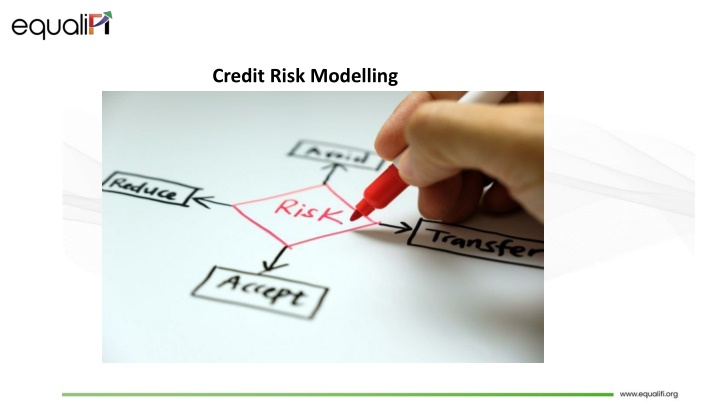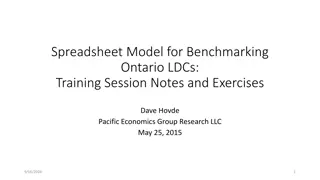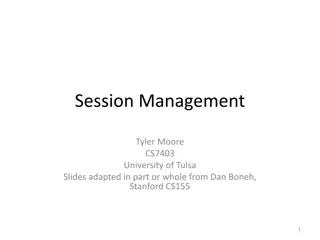
Credit Risk Modelling Components
Learn about Credit Risk Modelling, including Probability of Default, Exposure at Default, Loss Given Default, and Effective Maturity in the Internal Rating Based Approach. Discover how these components help financial institutions assess the credit risk of borrowers and manage potential defaults effectively.
Download Presentation

Please find below an Image/Link to download the presentation.
The content on the website is provided AS IS for your information and personal use only. It may not be sold, licensed, or shared on other websites without obtaining consent from the author. If you encounter any issues during the download, it is possible that the publisher has removed the file from their server.
You are allowed to download the files provided on this website for personal or commercial use, subject to the condition that they are used lawfully. All files are the property of their respective owners.
The content on the website is provided AS IS for your information and personal use only. It may not be sold, licensed, or shared on other websites without obtaining consent from the author.
E N D
Presentation Transcript
Credit risk modelling refers to the process of using data models to find out two important things. The first is the probability of the borrower defaulting on the loan. ... Financial institutions rely on credit risk models to determine the credit risk of potential borrowers
Internal Rating Based (IRB) Approach Following are the four different Credit Risk Components in IRB Approach: Probability of Default (PD) Exposure at Default (ED) Loss Given Default (LGD) Effective Maturity (EM)
Probability of default means the likelihood that a borrower will default on debt (credit card, mortgage or non-mortgage loan) over a one-year period. In simple words, it returns the expected probability of customers fail to repay the loan. Probability is expressed in the form of percentage, lies between 0% and 100%. Higher the probability, higher the chance of default.
Exposure at Default means how much should we expect the amount outstanding to be in the case of default. It is the amount that the borrower has to pay the bank at the time of default
Loss Given Default (LGD) means how much of the amount outstanding we expect to lose. It is a proportion of the total exposure when borrower defaults. It is calculated by (1 - Recovery Rate).
How to find out Loss Given Default? Someone takes $100,000 home loan from bank for purchase of flat. At the time of default, loan has an outstanding balance of $70,000. Bank foreclosed flat and sold it for $60,000. EAD is $70,000. LGD is calculated by dividing ($70,000 - $60,000)/$70,000 i.e. 14.3%.
Credit Risk Model Validation Techniques 1. Data Review 2. Performance Metrics 3. Back testing 4. Stress Testing 5. Sensitivity Analysis 6. Benchmarking 7. Model Governance 8. Expert Judgement 9. Regulatory Compliance
Altman Z Score: One of the famous credit score model used in Banks/NBFCs/ Investors.. Altman Z Score Formula Z score=1.2(A) + 1.4(B)+3.3(C )+0.6(D)+1(E) 1.2, 1.4, 3.3, 0.6 & 1 are multiplication factor/co-efficients A=Working Capital/Total Assets (Measures Liquidity) B=Reserve/Total Asset (Measures accumulated profit compared to assets) C=PBDIT/Total Assets (Measures company s assets contribution to profit) D=Market value of equity/Total Liability (Measures company s value Vs Liability) E=Sales/Total Assets (Measures company s assets contribution to Sales)






















